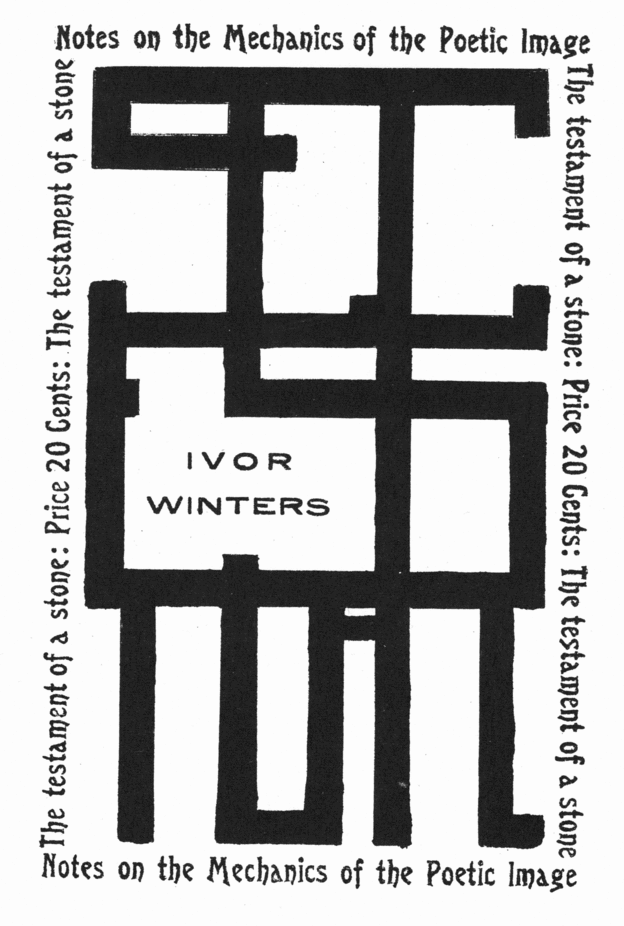Editorial selections from 'Secession'

Accompanied by editors Kenneth Burke, John Brooks Wheelwright, and Matthew Josephson (often operating under the nom de plume Will Bray), Secession moved in upredictable directions over the eight installments of its premeditated two-year run. Munson writes:
Beyond a two year span, observation shows, the vitality of most reviews is lowered and their contribution, accomplished, becomes repetitious and unnecessary. Secession will take care to avoid moribundity. (Secession no. 1, 25)
from Secession no. 2, 32:
Secession aims to be neither a personal nor an anthological magazine, but to be a group organ. It will make group-exclusions, found itself on a group-basis, point itself in a group-direction, and derive its stability and correctives from a group. True, is has as yet no detailed manifesto and no organized group behind it. Its writers are scattered all over th world and have no common headquarters or generally sanctioned plans. Yet if one examines the writings of Kenneth Burke, Malcolm Cowley, E. E. Cummings, Foster Damon, Mark Turbyfill, the first two numbers of Secession, it is clear, I think, that there is a sizable corps of young American writers working substantially in the same direction, battling with similar problems, and achieving results which can be assembled in a fairly homogeneous review. Secession exists unreservedly for these and their kin.
from Secession no. 4, 30:
For secession is not revolt. It is rather a resignation from a milieu whose objects are other than ours. It is an unemotional sloughing-off by writers who profit by the gains of that milieu, but have never been bound to it. It is, in essence, a prompt deviation into immediate esthetic concerns. Our warfare is not denying, but tangential.
from Secession no. 5, 26:
CORRESPONDENCE.
To Secession.
Every man, it is prophesied, must eventually become his own brewer. Certainly, every man must already import his own art from Central Europe. The Dial, as official importer, lands too many dead fish .... Portrait of Richard Strauss by Max Liebermann (geboren 1847, now President of the Berlin Academy of Arts), Richard Specht on Schnitzler, Stefan Zweig on Dickens .... we produce this sort of stuff in vast quantities on this side, too. I recommend as a counter-irritant the Hungarian activist review, MA, edited by Ludwig Kassák. MA excels in experimental typographical composition, reproduces the latest work of Moholy-Nagy, Raoul Haussmann, Jacques Lipshitz, Picabia, Van Doesburg, Mondrian, Gleizes, Léger, Tatlin, Viking Eggeling, Man Ray, the Russian constructivists, and photographs of beautiful bridges, machines, and New York, and publishes translations from the avant-garde writers — in Germany, France, Russia and America, the last being represented so far by Malcolm Cowley, Gorham B. Munson, and William Carlos Williams.
from Secession no. 6, 19:
Mr. Frank Shay complains that the size and shape of Secession make it too easy for his customers to “lift” copies from his shop. While we are proud to have a circulation among thieves, we beg our impecunious patrons to divert their activities to Brentano’s, who are better able to stand the loss.





Reissues commentary